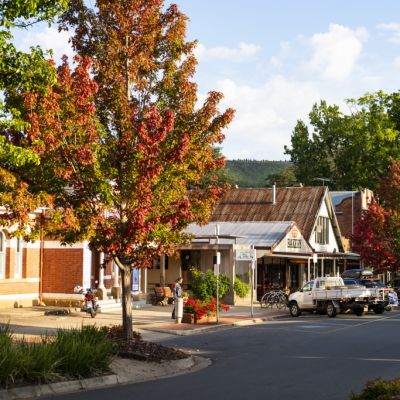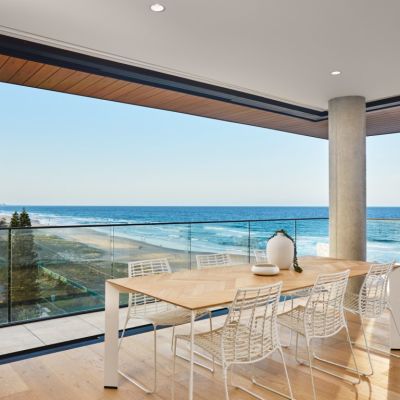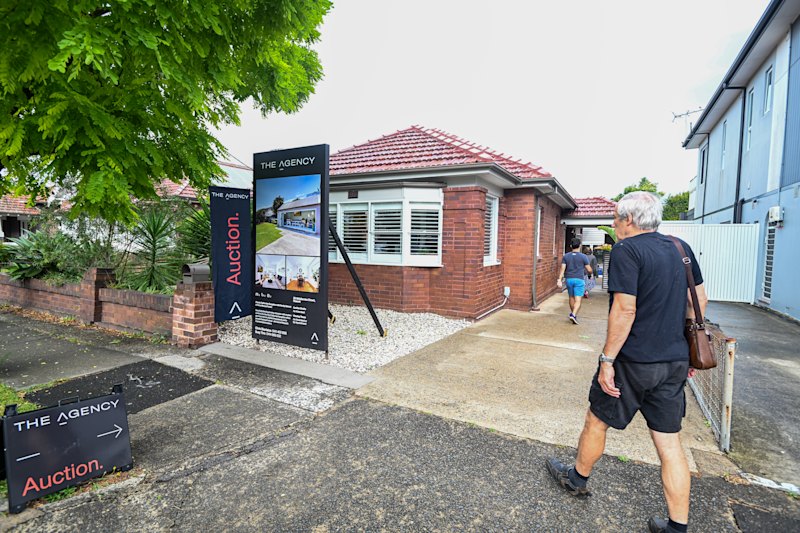As Australia faces a rental crisis, is it time to re-introduce price caps?
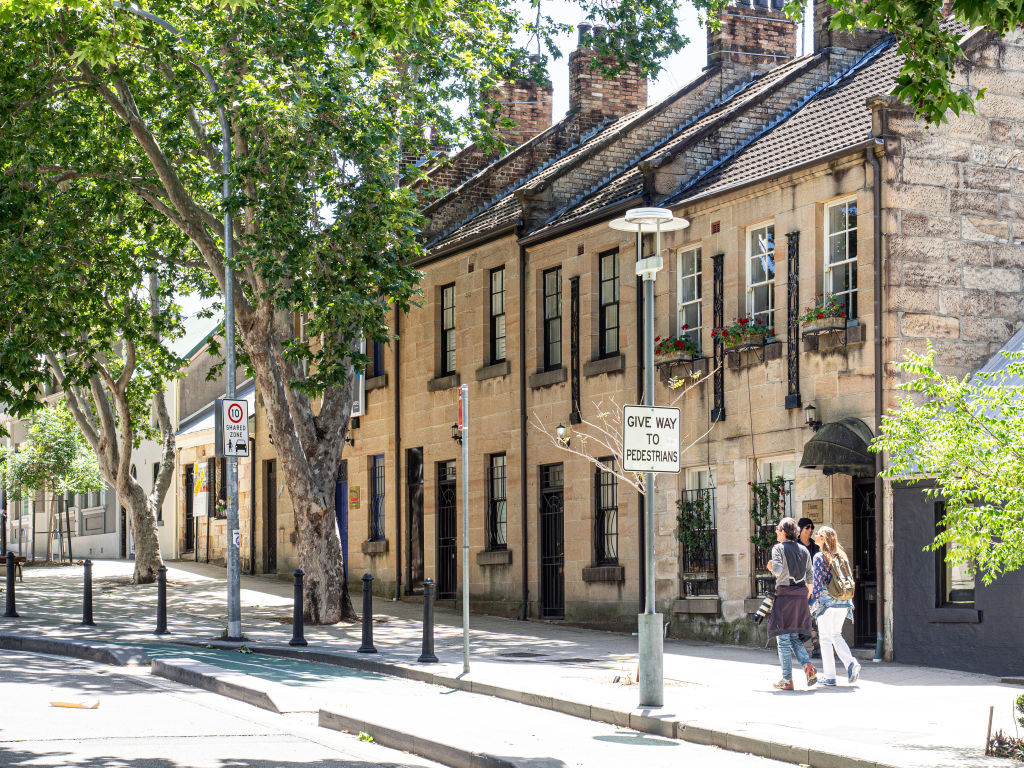
As a devastating rental crisis grips several regions across the country, there is little dispute that more affordable rentals are desperately needed to prevent locals from being squeezed out of their homes and communities.
But how this might be achieved is generally where the conversation gets stuck or turns sour, when ideologies clash and emotive us-versus-them rhetoric ensues.
Although commonplace in dozens of countries across the world, rent regulation has a chequered reputation. It has not been seriously considered as a long-term housing affordability policy in Australia for decades.
The head of the Real Estate Institute of Australia, Adrian Kelly, summarised it quite succinctly. “The trouble with introducing that type of legislation is interfering with the free market economy, and that’s not something we like to do in Australia,” Mr Kelly told Domain.
But others say it’s time leaders and policymakers introduce regulatory measures to stop runaway price hikes like those seen in regional markets.
Known overseas as rent regulation, stabilisation or control, the idea is that a government or statutory body places a ceiling on the amount a landlord can charge for rent, usually by capping rent increases each year.
The latest quarterly Domain rental report painted a dire picture for tenants in dozens of regional areas, where median asking rents had surged more than 15 per cent in a year due to an influx in well-paid workers from the capital cities. In the hardest-hit areas of Byron Bay, Bellingen, Noosa and Port Hedland, rents were up more than 25 per cent – a staggering figure that translated to rent hikes in excess of $100 per week.
“We are losing our community,” says the mayor of Byron Shire, Michael Lyon. “People of Country can’t afford to live on Country.”

The crisis has also impacted the local economy, Cr Lyon says, with key workers unable to find housing. “Cleaners, baristas, ambos – even office managers and accountants. There are people with professional jobs that can’t afford to live here.”
The “big problem” in popular regional areas is that prospective tenants can be among 100 applicants, according to Leo Patterson Ross, the chief executive of the Tenants Union of NSW.
“The dynamic falls apart for letting the market set the price,” Mr Patterson Ross says. “That’s where we see really rapid increases … with no correlation to the quality of housing.”
Although rent control is somewhat of a “toxic word”, Mr Patterson Ross points to other widely accepted forms of price controls, such as the regulation of hail and rank taxi fares to protect customers being charged excessively.
“We have price control in reality in a few other places like energy and utilities,” he adds. “Again, we acknowledge that the thing being sold is important not to leave entirely up to the market, and consumers have insufficient power to adequately influence the supply chain with just their actions alone.
“That’s really similar to renting.”
It’s not a new idea
Rental control in Australia is not a new concept. It was ushered in by the Menzies government during the Great Depression. In 1941, rents were fixed at 1940 levels, and independent tribunals were tasked with administering rent variations. In 1948, the states took over, and the controls were, eventually, wound back.
However, there is still a small pool of people living under legacy policies of a bygone era. In NSW, the tenants would have moved in before 1986, according to Mr Patterson Ross, and their rental increases would have been indexed to inflation since. “When the people in the current premises pass away, they won’t be able to pass it onto their children.”
Rental regulation fell into the history books for several decades until the pandemic saw states and territories introduce temporary legislation to protect tenants from evictions. Four states went as far as banning rent increases.

“It’s something that hadn’t been contemplated in Australian tenancy law reform in decades,” says Chris Martin, a senior research fellow at UNSW’s City Futures Research Centre.
Currently, there is no cap on rent increases across the states and territories; however, tenants can challenge an “excessive” rent increase by taking their landlord to the relevant tribunal – although it’s worth noting there is no uniform definition of what constitutes “excessive”.
The ACT’s regulatory framework is the closest thing to rent regulation in Australia; rent increases are tied to CPI plus 10 per cent. If landlords want to increase rent above that, they must justify the rise to the tribunal. As the policy only applies within leases, most of Canberra’s rental increases occur between lease agreements.
How it works overseas
There are dozens of models of rent regulation in place across the world.
The rents of about three million tenants in Sweden are set through collective bargaining between the national tenants union and landlords.
In the Netherlands, all dwellings rented out at less than roughly €740 per month are regulated and can only be increased by inflation plus 1 per cent.
In Germany, where more households rent than own property, the rental market has been regulated for decades. In certain areas, a local authority sets a reference rent for different sized properties, and rent cannot exceed that level by more than 10 per cent.

Ireland and Scotland have introduced regulations to cap annual rent increases at four per cent in areas designated as “rent pressure zones”, while some Canadian provinces set a rate of allowable annual rent increases.
Much of the literature and commentary on rental control focuses on the United States, where regulation is outlawed in 37 states but operates under varying models in cities including New York, San Francisco and Washington.
In San Francisco and New York, where a portion of rentals fall under rent control policy, studies have shown that while renters in controlled units benefit from more affordable and stable rentals, it comes at the cost of the broader rental market.
Roughly one million apartments fall under rent regulation in New York, most of which are older buildings. Landlords have been known to skimp on maintenance in buildings where tenants are paying below the market rate. In some cases, property owners allowed buildings to fall into disrepair in a bid to push tenants out. But reforms introduced several years ago ended “vacancy decontrol”, which had allowed landlords to remove apartments from stabilisations once tenants moved out.
Going against economic theory
It can be difficult to assess the overall effectiveness of rental regulations, especially when they operate in a wider pool of policies aimed at increasing affordability, such as government-funded housing projects.
But the loudest and longstanding criticism of rental control, particularly among economists, is that it doesn’t address the problem: an undersupply of housing.
“We just haven’t been building enough homes for the last two decades,” says Mr Kelly. “It’s time for the three levels of government to get serious about supply.”
Opponents also argue rent capping discourages property investment, shrinking the number of rental properties and putting more pressure on prices.
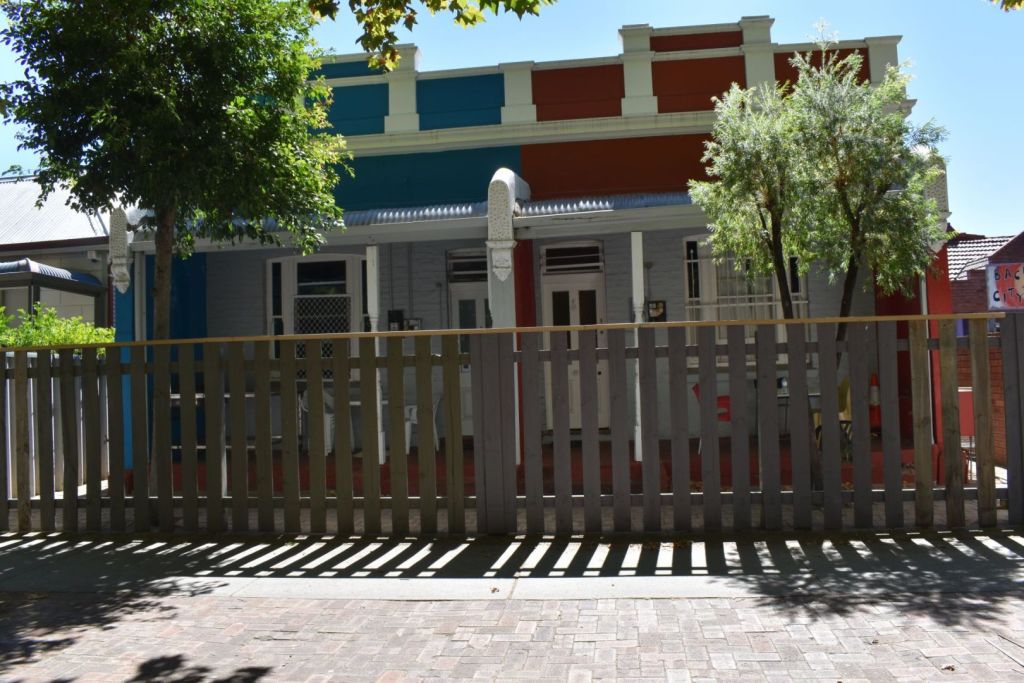
“If you look at what happened in the ACT, rent capping was introduced, and a lot of investors decided rent regulation was all too hard, and they sold their properties,” Mr Kelly says.
If true, it wouldn’t inherently be a negative consequence, according to Dr Martin.
“To the extent that rent control may discourage what has been over the last few decades increased speculation into rental housing, that would be a good thing,” he says. “If we didn’t have that, we could have a bit more space in our rental market for community housing providers and social housing providers to be developers of housing in their own right.”
Mr Ross says superannuation funds or large real estate investment trusts could also step into the void. “You create a culture where the expectation for your property investment is a solid, safe, stable return, not the get-rich-quick approach Australia has.”
Cr Lyon agrees a cultural shift is in order in the property market.
“There are a huge amount of variances [in rental regulation models], but they generally work because there is a will to fix the problem,” he says. “There is an understanding that you need to create another market. It’s about the cultural change required to do it.”
The council is campaigning to limit short-term holiday letting in residential areas, introduce a housing affordability contribution scheme for new developments and has proposed two affordable housing developments on community land trusts in the shire.
Mr Patterson Ross believes pricing controls are not a standalone fix but could work as part of a broader policy system.
“It’s not a naive or ideological thing to suggest. We’re trying to find solutions to a tricky problem, and it’s not sensible to ignore what other people are doing.
“You can either have heavy regulation or government as a market player that influences the market. Australia has decided to do neither and let it ride.”
We recommend
We thought you might like
States
Capital Cities
Capital Cities - Rentals
Popular Areas
Allhomes
More
